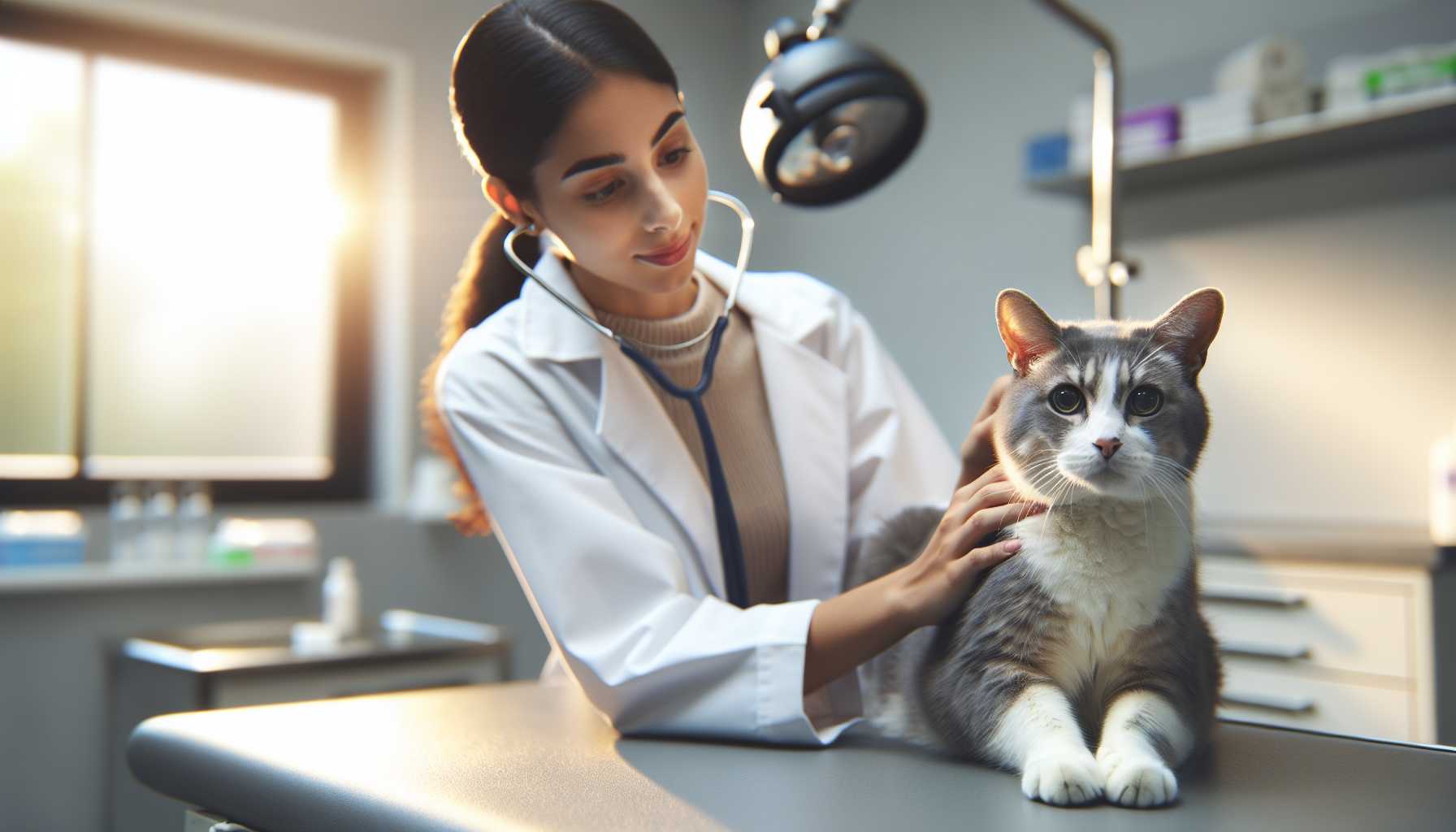Like humans, cats also become more prone to health problems as they age. If you’re a dedicated cat owner, ensuring that your older feline remains healthy and free from cancer is surely a top priority for you. So, let’s delve into the ways to safeguard your aging pet through diligent monitoring and preventive care.
The Onset of the Golden Years for Cats
Your pet cat officially steps into its golden years at around 11 years of age. At this stage, your cat needs added care and attention. Consider this period as your cat’s retirement phase — where they deserve special pampering!
Recognizing the Warning Signs of Cancer
Regularly check for the following potential danger signs:
– Unexplainable loss of weight
– Alterations in appetite
– Unexpected lumps or growths
– Changes in bathroom routines
– Lack of energy or changes in behavior
– Difficulty in breathing
– Sores that don’t seem to heal
The Importance of Regular Vet Visits
Your senior cat should frequent the vet at least twice a year. The importance of these visits lies in:
– Early identification of possible health problems
– Routine blood tests
– Physical check-ups
– Monitoring of dental health
– Keeping a check on their weight
– Obtain professional advice
The Role of Nutrition in Cancer Prevention
A nutritious diet is your foremost defense. You should consider:
– Sources of high-quality protein
– Cat food suitable for senior cats
– Controlling portion sizes
– Ensuring constant availability of fresh water
– Restricting treats
– Using vet-recommended supplements
Environmental Factors to Keep in Mind
You can create a secure environment by:
– Decreasing sun exposure
– Avoiding secondhand smoke
– Using cleaning products safe for pets
– Ensuring litter boxes are always clean
– Maintaining a comfortable temperature
– Minimizing potential stressors
Physical Activity and Mental Engagement
You can keep your senior cat active and engaged through:
– Mild playtime
– Toys that promote interaction
– Window seats
– Accessible scratching posts
– Regular, light exercise
– Activities that stimulate their mind
The Importance of Prevention
Your attentiveness matters greatly! By keeping up with routine vet visits and being attentive to changes in your cat’s health, you’re giving them the best shot at a healthy life in their senior years.
Remember, every cat ages at its own pace. What works

